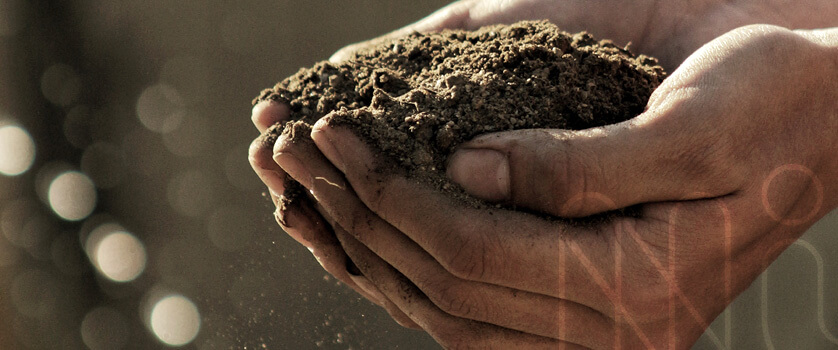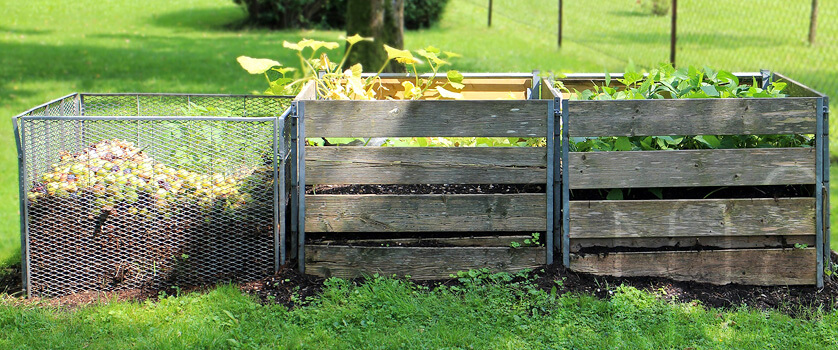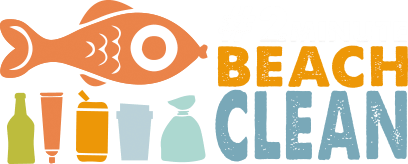Doing the right thing. Compostable, biodegradable or degradable?
Author Martin Dorey on 12.03.2020
Writer and environmentalist Martin Dorey, founder of the beach cleaning movement, #2minutebeachclean, tries to make sense of the world of ‘eco’ products and plastics.
Are you confused? Me too. I’ve been trying to do the right thing. But it isn’t always easy. Like lots of other people, I care deeply about recycling, using earth friendly products and making as little mess as possible. I pick plastics up off the beach and I do my best to reduce the amount of plastic I have in my life.
However, it’s often hard to know where to turn for alternatives. When it comes to clothes it’s easy: natural fibres, like cotton and wool and bamboo will eventually break down into nothing more than carbon and water if they were to be put into a composter. And when you wash them, the fibres they shed that wash into the sea through the sewage system are benign. They are harmless. However it’s not the same for nylon, polyester and other man made fabrics. The fibres they shed will not degrade in the ocean, and they won’t break down when you throw them away. That makes your choice easy: natural fibres are the way to go because, at the end of their life, and every time you wash them, man-made fibres are damaging the environment.
But what about other products, like nappies and wet wipes? My kids don’t use nappies any more, but when they did I was really concerned about the fact that the nappies would end up in landfill and never break down. They wouldn’t go away. Compostable nappies, like those coming from Nu, weren’t available and the only alternatives were terry cloth nappies that are very labour intensive and can use lots of energy and water to clean. Wet wipes are similar in that they are a godsend for parents, but they are an environmental disaster like the plastic disposable nappy! They don’t break down, and flushing them clogs up our sewerage systems, causing thousands of pounds worth of damage. I find them all the time on my beach cleans too!
The solution is to find alternative products that can offer the same properties as their plastic counterparts but that will not be a problem when it comes to the end of their life. And that’s where it’s confusing. Do you go for products that are degradable? Or should you opt for biodegradable? What about photodegradable or compostable? And which is best?
So I thought I’d try and make some sense out of it!
Here goes… I hope it helps you to make the best choices!

Degradable plastics
When products are described as degradable it means they break down. When plastics degrade they simply break down into smaller and smaller pieces. They do not ‘return to earth’ like the veg peelings you put in your composter. They remain as plastics, just smaller and smaller pieces of it. As we know, plastics attract persistent organic pollutants in the marine environment, making them toxic pieces of plastic.
Don’t be fooled by the fact that a product is called degradable, especially items like dog poo bags. It does not mean they can be put into the compost or left to ‘degrade’. They are still plastic. As such you need to recycle them, or they go into landfill.
Oxo and photo degradable plastics
Some plastics have chemicals added to them that enable them to be degraded by oxygen or light. But it doesn’t help, in fact, they are more than unhelpful. They are still plastics and still have to be treated like plastics, which means the best way of treating them is to recycle them. If not it’s down to that big old landfill site, which, incidentally, is reaching capacity…
Biodegradable
For a product to be biodegradable it needs to be capable of being broken into organic materials in the environment without causing harm or leaving toxins behind, and in a reasonable timescale.
It is a confusing term, however, because some products can only be degraded under controlled conditions, in a commercial composter. This means products still have to be collected and sent to the right place, rather than lobbed in your garden compost. Most likely your biodegradable products will get collected up with your normal waste and end up in a big hole in the ground, where they may not degrade because of the lack of light and oxygen. Ironically, biodegradable plastics can contaminate the recycling stream, so can’t go out with your green bins. Red herring? Maybe, sometimes.
Balloons, so often described as biodegradable by manufacturers, actually take about ‘the same time as an oak leaf’ to biodegrade. This can be as much as three months, by which time a balloon that has been released and has shattered and landed in the sea will more than likely have done its harm. That’s why balloon and lantern releases are bad news, no matter the material they are made from.
Compostable products
Composting is the process of a product breaking down – in the same was biodegradable products do, except that the resultant compost contains nutrients that enhance the soil. However, as usual, there are issues around the way products are described – and what we can do with them. There are lots of products on the market now, particularly when it comes to ‘disposable’ eating ware and packaging that are described as compostable, but still have to be composted in an industrial composter. Some councils may take these with their food bins, but on the whole the best way of disposing of them is for the seller to collect them back for composting.

Home compostable
Truly ‘home’ compostable products – that can be composted with your organic kitchen waste in your home compost heap – are few and far between. This is because home composting bins rarely reach high enough temperatures for efficient composting. For products to be home composted they need to be certified by Vinçotte, a Belgian accredited inspection and certification organisation.
Bioplastic products
These are products that mimic plastics but are made from naturally occurring substances like algae. They don’t use oil but still take time to break down, which means they still have to be treated properly, and cannot be put into the normal plastics recycling stream. If they do end up in the recycling they can contaminate it. If they end up in the environment they may not do the same chemical harm as oil based plastics, but they can still cause death by ingestion or entanglement in the interim. Again, in an ironic twist, you need to keep them out of the recycling stream as they are contaminants.
Still confused? I hope not. I think it’s pretty clear that compostable products – that enhance the soil – are by far the best alternative to plastic. Also, if they accidentally get left in the environment or go to landfill they will break down over time, leaving nothing more than carbon and water behind. Which is more than we can say about plastics…
Author Martin Dorey – the founder of the global #2minutebeachclean movement, writer and beach lover.


What Others are saying
Be the first to comment